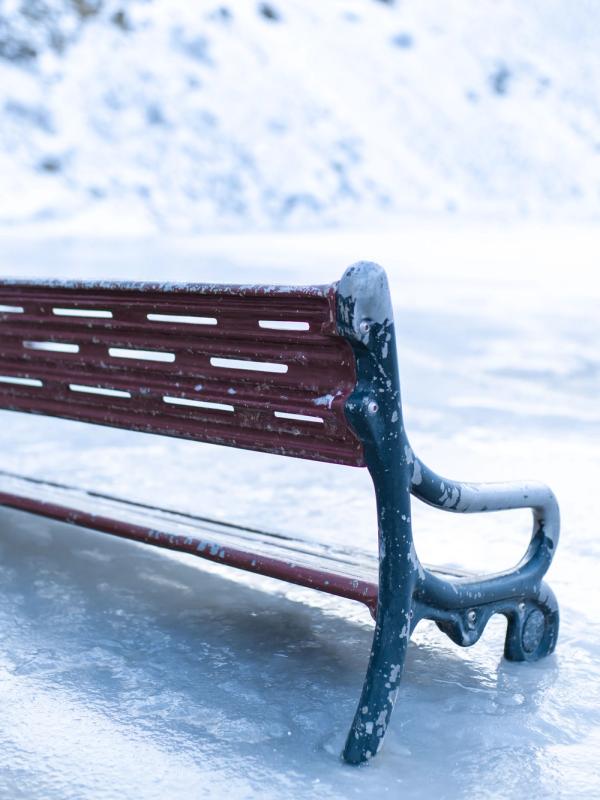
What to expect: Iceland's Weather in Winter
Iceland’s winter has amazing sights and brings visitors from all over the world. With short days and snowy views, it’s a special experience. If you’re planning a trip, here’s what you need to know about the weather and how to get ready.
Overview of the Weather in Iceland in Winter
Winter weather in Iceland can change quickly, especially between the coast and inland areas. From November to March, coastal areas usually have daytime temperatures between -2°C (28°F) and 4°C (39°F). Inland areas can get much colder, particularly at night. Snow and sleet are common, and the wind can be strong, especially near the coast.
Another important thing to know is that daylight is limited in winter. At the start of the season, there are about 8 hours of daylight, but by late December, it drops to around 4. The daylight hours gradually increase again in January and February. Strong winds can sometimes affect driving and outdoor activities, so it’s a good idea to check the weather forecast regularly.
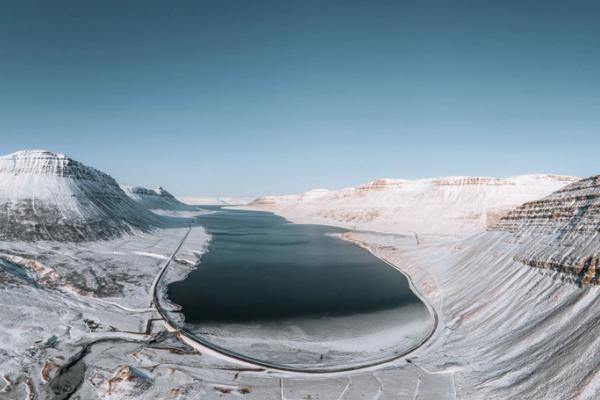
Weather of the Winter Months in Iceland
In winter, you’ll experience cold weather and shorter days, but it’s also a great time to see the Northern Lights, visit ice caves, and relax in geothermal pools. Each month is special in its own way, so here’s a quick overview.
Weather in November
November is when winter really starts. Coastal areas usually have temperatures between 0°C (32°F) and 4°C (39°F), while inland areas often drop below freezing at night. You’ll likely see rain in lower areas and snow in the mountains. Daylight decreases from about 8 hours at the start of the month to around 5 hours by the end.
Winds can get stronger, making it feel even colder. The good news is that longer nights give you a better chance to catch the Northern Lights. Some roads at higher elevations might start closing, and icy conditions can make driving tricky.
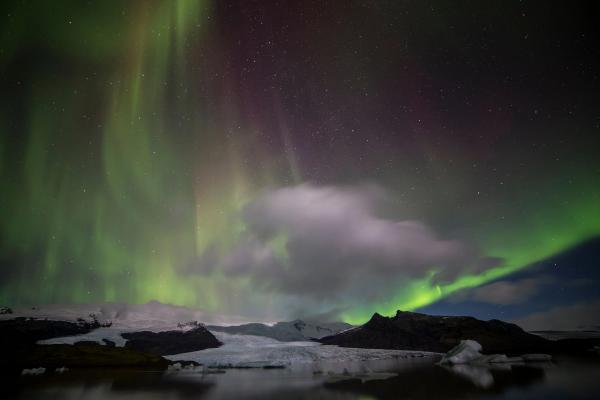
Weather in December
December has very little daylight—only about 4 hours around the winter solstice. Coastal temperatures are usually between -1°C (30°F) and 4°C (39°F), but it gets colder inland. Snow is more likely at night, but it can still rain near the coast.
The wind can be strong, so bring warm, waterproof clothes. December is a festive time with Christmas markets and holiday lights that brighten up the dark days. Clear nights are a good chance to see the Northern Lights.
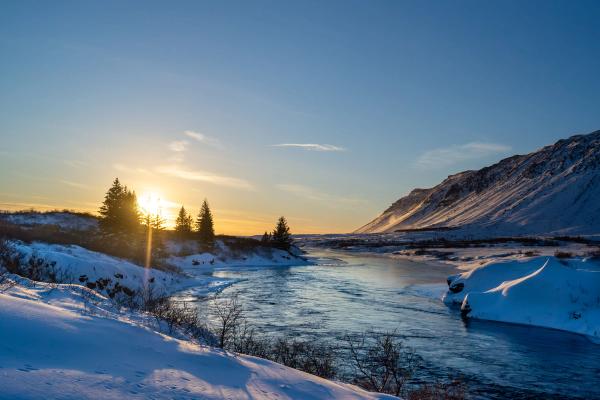
Weather in January
January is often the coldest month in Iceland, with temperatures between -2°C (28°F) and 3°C (37°F). Snow is common, especially in the north and in the mountains. Daylight increases from about 4 hours at the start of the month to around 7 by the end.
Storms and blizzards can make driving hard, and some mountain roads stay closed. Fewer tourists visit, so it’s quieter, and places to stay may be easier to find. Wear layers, including thermal clothes, and sturdy shoes for ice. The Northern Lights are still a highlight in January.
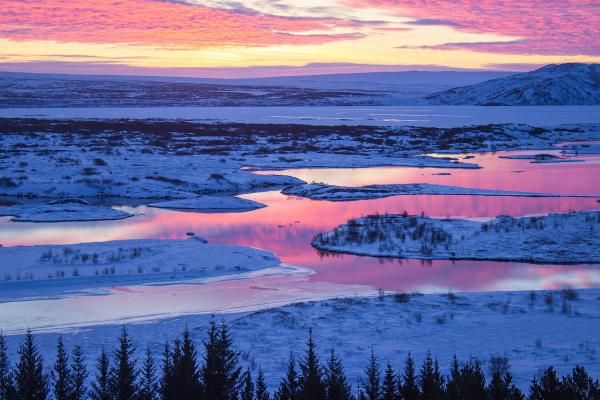
Weather in February
In February, temperatures are usually between -1°C (30°F) and 3°C (37°F). Snow is still common, but it can rain near the coast. Daylight goes from about 7 hours to 10 by the end of the month, giving you more time to go out and do things.
It’s still windy, and storms can happen without warning. As the days get longer, more visitors come for winter activities like snowmobiling and glacier tours. Clear nights are still a good time to look for the Northern Lights. Dress warm and be ready for quick weather changes.
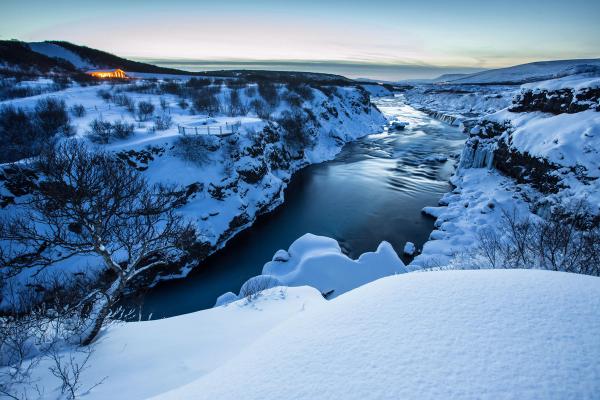
Weather in March
March feels a bit like spring, but it’s still winter in most places. Coastal temperatures are between -1°C (30°F) and 4°C (39°F), while it stays colder inland. Snow can still fall, but lower areas might get more rain. Daylight goes from about 10 hours to 13 by the end of the month.
Storms start to calm down, but it can still get windy. You might see the Northern Lights early in the month, though the nights aren’t as long. If you’re driving, watch out for icy roads, especially up north or in the mountains. Keep an eye on the weather and road reports.
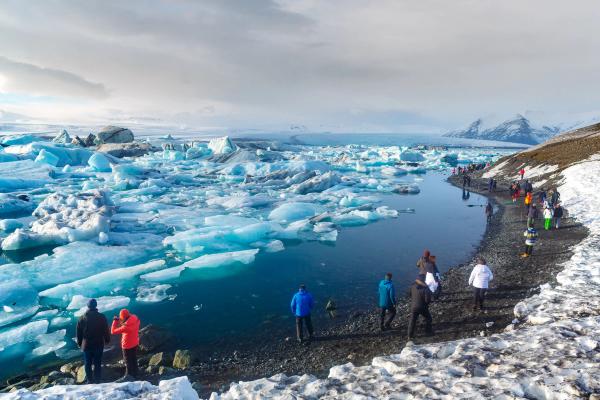
Weather in the Different Regions of Iceland in the Winter
Winter weather can change a lot depending on where you are in Iceland. Knowing what to expect in each region makes it easier to pack and plan your trip.
South Iceland
South Iceland is usually a little warmer, with temperatures around 0°C to 4°C (32°F–39°F) near the coast. It often rains, and there can be some snow. Places like Skógafoss and Jökulsárlón look incredible with ice and snow around them. The wind from the ocean can be strong, so bring sturdy, waterproof clothes.
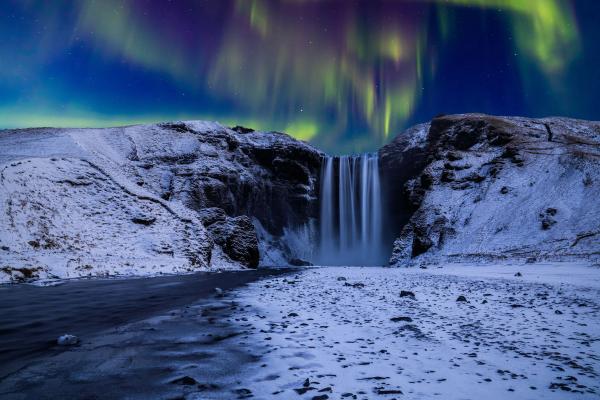
East Iceland
East Iceland gets more snow in the mountains, while the coast often gets a mix of rain and snow. This area is known for its steep fjords and for receiving fewer visitors. In towns like Egilsstaðir, you can get a real taste of winter life in Iceland, with quieter roads and landscapes completely covered in ice and snow.
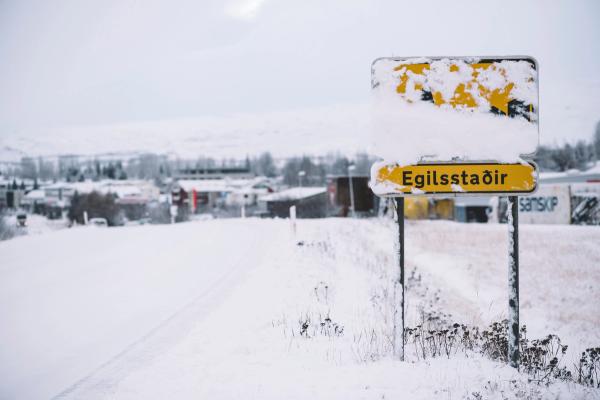
North Iceland
North Iceland is colder and drier, with lots of snow. Temperatures often stay below freezing, and places like Akureyri get regular snowfall. The clear, cold nights are great for seeing the Northern Lights. Whale watching is still possible, but you don’t see them as often in winter.
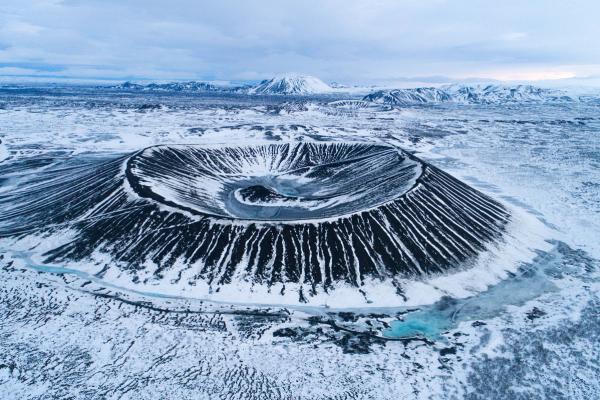
West Iceland
West Iceland has rough coastlines and unpredictable weather. Temperatures are usually between -1°C (30°F) and 3°C (37°F), but sudden snowstorms and strong winds are common. The Snæfellsnes Peninsula in winter is great for photographers, with icy lava fields and striking sea views.
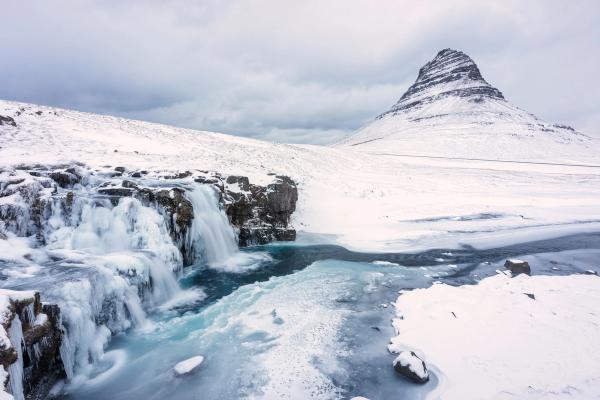
Conclusion
Iceland’s winter is cold, dark, and full of surprises. Whether you’re chasing the Northern Lights, exploring glaciers, or relaxing in hot springs, winter in Iceland feels different from anywhere else. Dress warmly with windproof clothes, check the weather, and enjoy the slower pace of the season. It’s a unique time to visit, and with the right mindset, you’ll have an amazing adventure.

